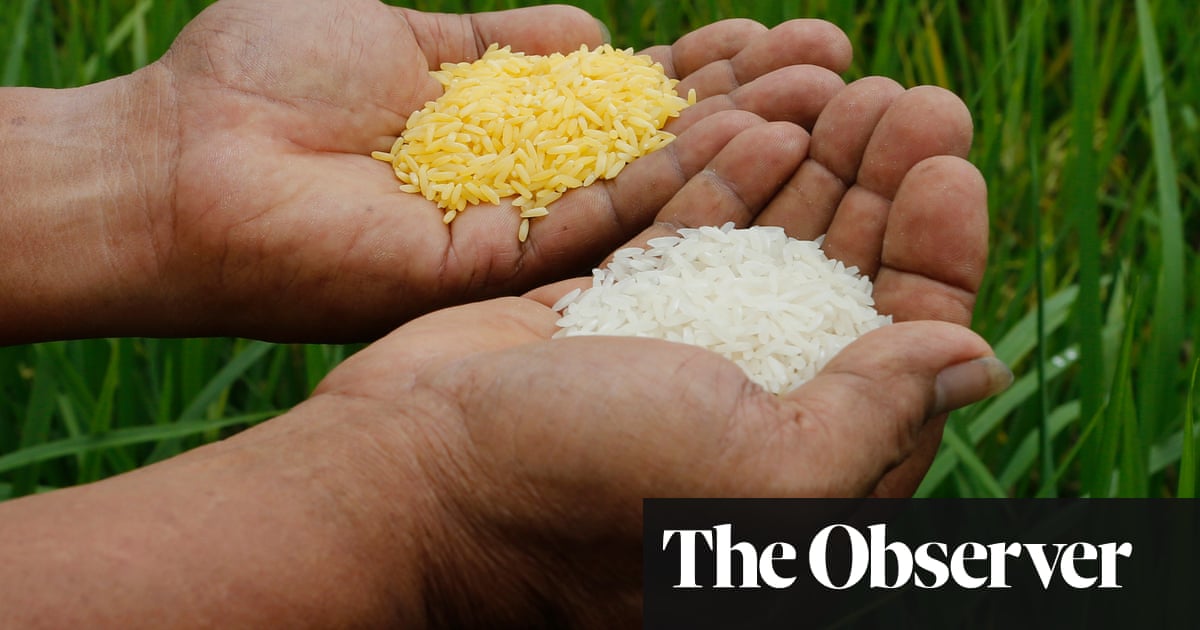Thousands of children could die after court backs campaign group over GM crop in Philippines, scientists warn
Scientists have warned that a court decision to block the growing of the genetically modified (GM) crop Golden Rice in the Philippines could have catastrophic consequences. Tens of thousands of children could die in the wake of the ruling, they argue.
The Philippines had become the first country – in 2021 – to approve the commercial cultivation of Golden Rice, which was developed to combat vitamin A deficiency, a major cause of disability and death among children in many parts of the world.
But campaigns by Greenpeace and local farmers last month persuaded the country’s court of appeal to overturn that approval and to revoke this. The groups had argued that Golden Rice had not been shown to be safe and the claim was backed by the court, a decision that was hailed as “a monumental win” by Greenpeace.
Many scientists, however, say there is no evidence that Golden Rice is in any way dangerous. More to the point, they argue that it is a lifesaver.



This would be true, except for the fact that nuclear is terrible at filling in slack times. Nuclear power for the most part needs to run really consistently, 24/7. Better to fill gaps with a diversity of reasources, more transmission, and storage.
Everything you’ve mentioned are “supply shaping” measures: trying to match supply to an independent, wildly variable demand.
We need to focus on “demand shaping”. We need to “flatten the peak” of our energy consumption, by adjusting how and when automated systems use power.
For example, water heaters consume about 20% of our energy. If we were to install thermostatic mixing valves after our water heaters to provide a consistent output, we could wildly vary the setpoint of our tanks, from anywhere just above shower temperature, to just below the boiling point. We could have our water heaters soak up every available kilowatt during a solar peak, raising the stored water temperature to 190F, and storing that hot water until it is needed for showers overnight.
Desalination, hydrogen electrolysis, and various other industries could also adjust their production rates to take advantage of favorable energy pricing, shutting down production entirely and backfeeding the grid with their own, on-site solar and wind production when energy prices favor their power more than their nornal production.
With the “slack times” heavily moderated by effective demand shaping, the rigid consistency of nuclear isn’t nearly as detrimental.
I mean, we obviously need to do both. The conversation in the thread is about nuclear, which is a supply side resource. DR and demand shaping do even more to enable truly renewable resources. Why do the demand shaping to enable nuclear when renewables are cleaner and cheaper?
We do need both. My concern is that the focus seems to be almost entirely on supply shaping, while demand shaping is either completely ignored, or is intended to maximize base load generation by driving demand toward overnight hours that can’t be met by solar.
We need a much greater focus on demand shaping than we currently have, which is why I promote it almost exclusively. Supply shaping measures will take care of themselves.